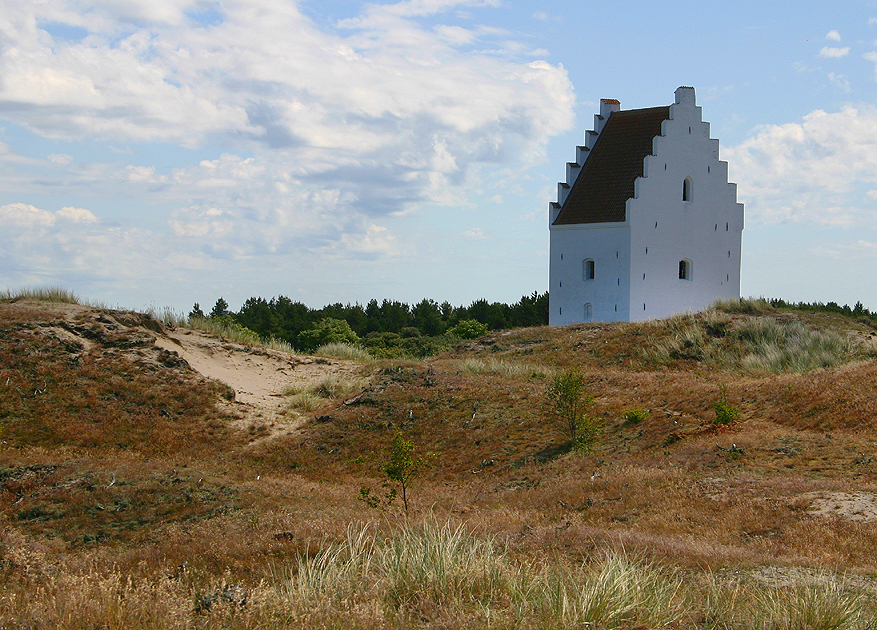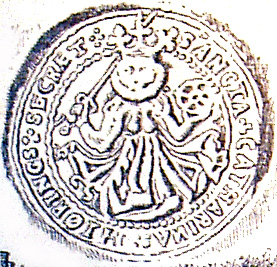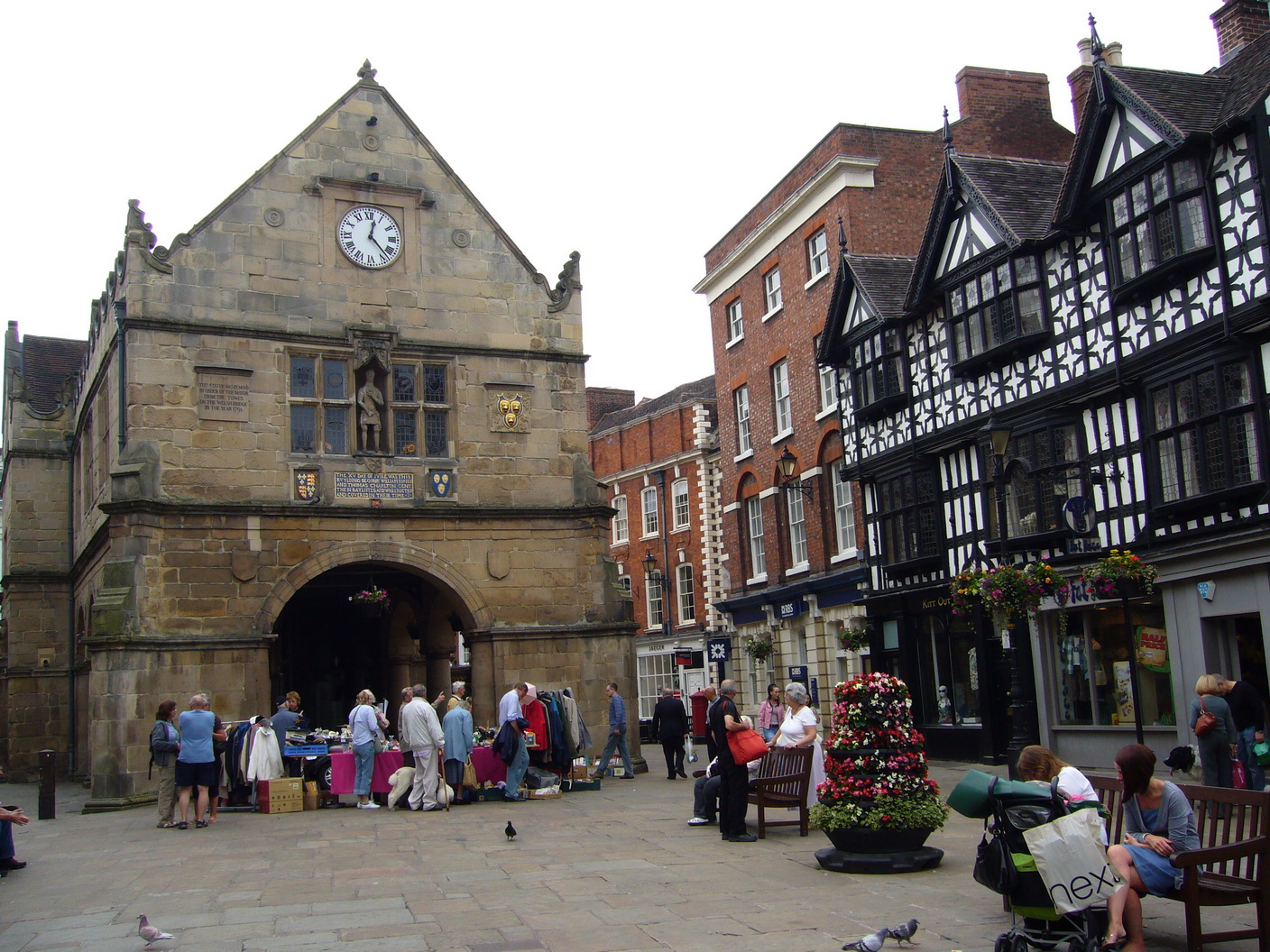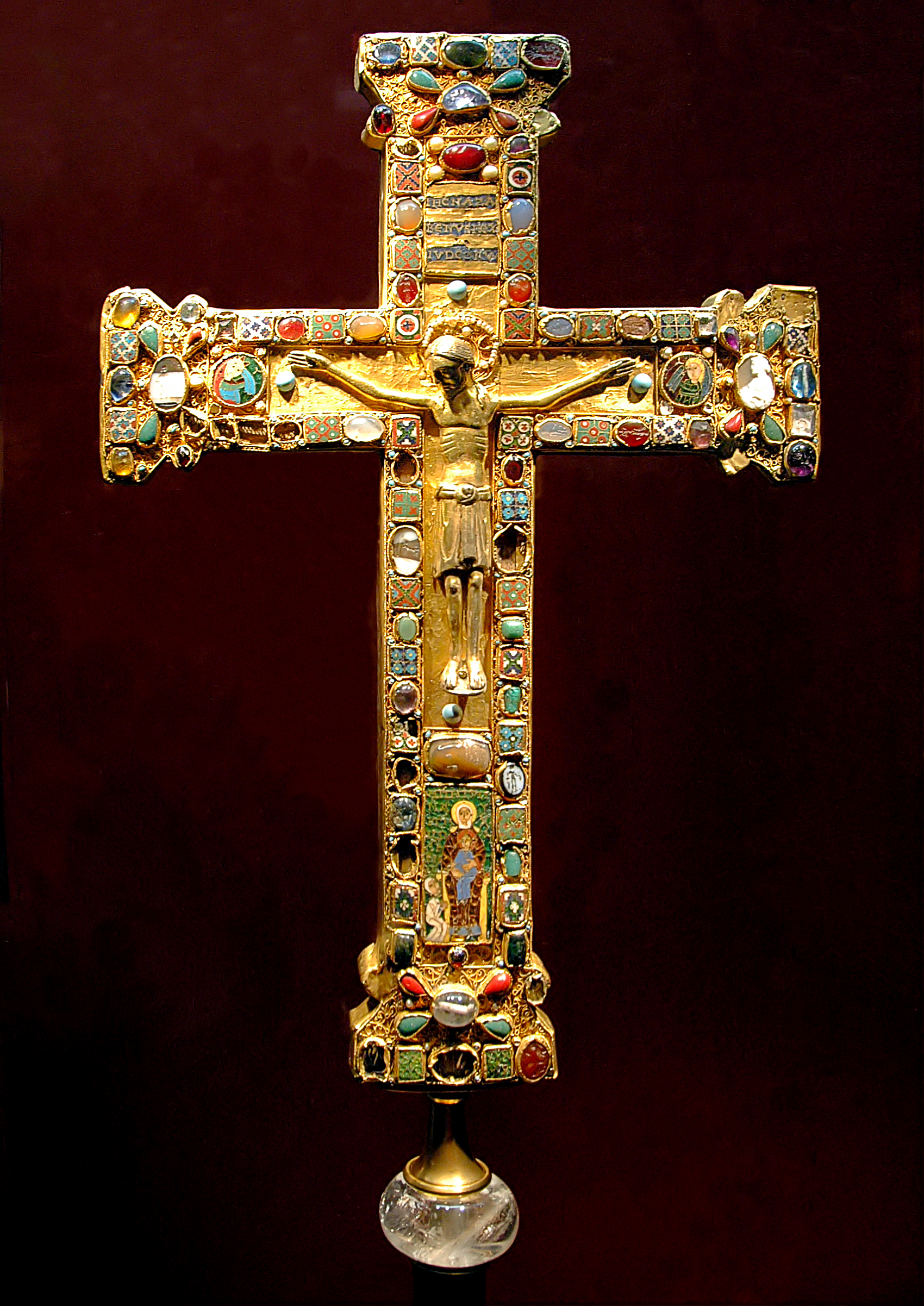|
Hjørring County
Hjørring County () is a former province in Denmark, located on the northern tip of Jutland and encompassing most of the island of Vendsyssel-Thy and the island of Læsø. Hjørring County was established in 1793 and abolished in 1970 when it merged with Aalborg County forming the new North Jutland County. The region belonged to Vendsyssel during the Middle Ages. In 1542, the north Jutland region was reorganised as Aalborghus Len. This province was divided in 1662 forming Aalborghus County and Aastrup, Sejlstrup and Børglum County. The latter province was divided again in 1793 and the bulk of its territory was reorganised as Hjørring County. Smaller parts of the province became parts of the counties of Thisted and Aalborg. This division lasted from 1793 to 1970 when the Hjørring and Aalborg Counties merged, forming the new North Jutland County. Hjørring County featured the market towns (''købstæder'') of Brønderslev, Frederikshavn, Hjørring, Skagen, and Sæby. List of ... [...More Info...] [...Related Items...] OR: [Wikipedia] [Google] [Baidu] |
Aalborghus County
Aalborghus Castle ( da, Aalborghus Slot) is a castle in Aalborg, Denmark. It is a half-timbered (''bindingsværk'') castle built by King Christian III from 1539 to around 1555 initially as a fortification. A building had existed at the site before Christian III's castle. It stood south of the castle and is mentioned in the first documentation of Aalborghus, dating back to 1340. It was owned by Margrethe I and was the death place of King Hans in 1513 who died in a horse riding accident. King Frederik I had originally intended to destroy the initial building around 1530 and moving to a different site to convert Aalborg's Franciscan monastery into a castle. However he left the decision to his son Christian III, who later decided to demolish the original in 1539 and contracted the royal architect Morten Bussert to build a new fortified castle north of the old site, near the Limfjord. A barrier wall was built alongside the fjord, and later in 1633, King Christian IV built a nor ... [...More Info...] [...Related Items...] OR: [Wikipedia] [Google] [Baidu] |
Skagen
Skagen () is Denmark's northernmost town, on the east coast of the Skagen Odde peninsula in the far north of Jutland, part of Frederikshavn Municipality in Nordjylland, north of Frederikshavn and northeast of Aalborg. The Port of Skagen is Denmark's main fishing port and it also has a thriving tourist industry, attracting 2 million people annually. The name was applied originally to the peninsula but it now also refers to the town. The settlement began during the Middle Ages as a fishing village, renowned for its herring industry. Thanks to its seascapes, fishermen and evening light, towards the end of the 19th century it became popular with a group of impressionist artists now known as the Skagen Painters. In 1879, the Skagen Fishermen's Association was established with the purpose of facilitating the local fishing industry through the Skagensbanen railway, which opened as a narrow-gauged railway in 1890. The modern port of Skagen opened on 20 November 1907, and with ... [...More Info...] [...Related Items...] OR: [Wikipedia] [Google] [Baidu] |
Hjørring
Hjørring () is a town on the island of Vendsyssel-Thy at the top of the Jutland peninsula in northern Denmark. It is the main town and the administrative seat of Hjørring Municipality in the North Jutland Region. The population is 25,644 (according to an official census carried on 1 January 2022).BY3: Population 1. January by urban areas, area and population density The Mobile Statbank from It is also one of Denmark's oldest towns, having celebrated its 750th anniversary as a market town in 1993. Hjørring is centrally located in a sparsely populated area and serves as an urban center for large parts of especially the western and centr ... [...More Info...] [...Related Items...] OR: [Wikipedia] [Google] [Baidu] |
Frederikshavn
Frederikshavn () is a Danish town in Frederikshavn municipality, Region Nordjylland, on the northeast coast of the Jutland peninsula in northern Denmark. Its name translates to "Frederik's harbor". It was originally named Fladstrand. The town has a population of 22,672 (1 January 2022), and is an important traffic portal with its ferry connections to Gothenburg in Sweden. The town is well known for fishing and its fishing and industrial harbours. Frederikshavn's oldest building, Fiskerklyngen, is originally from the mid-16th century, but the houses now there are from 18th–19th centuries. History Frederikshavn was originally called ''Fladstrand'' (lit. "Flat beach") from its location in Flade parish. Fladstrand The first mention of a settlement is in a letter dated 13 March 1572 found in the Danish chancery letterbooks. It was a fishing village, trading place and crossing point to Norway. The old Fladstrand church was built between 1686 and 1690. On 31 December 1700 a t ... [...More Info...] [...Related Items...] OR: [Wikipedia] [Google] [Baidu] |
Brønderslev
Brønderslev is a city in Denmark with a population of 12,549 (1 January 2022). The city is the largest urban area in Brønderslev Municipality and is the municipal seat. It is the fourth largest city of Vendsyssel within the North Jutland Region. History The name of the town is derived from a local Norsemen chief, Brunder. Brønderslev was formerly known as ''Vester Brønderslev'', in contrast to the neighboring ''Øster Brønderslev''. As of 2020, Øster Brønderslev has a population of just 943. Vester Brønderslev was once a small farming village. In 1682, it consisted of just 27 farms and 47 houses. The town was not initially located on any major thoroughfares and saw very little traffic. Thus, the town grew comparatively gradually. By the 1850s, however, an inn and an established market had begun to draw more traders to settle on the road near the city. In 1871, the Vendsyssel railway line opened which connected Brønderslev to Aalborg and Hjørring. The station was locate ... [...More Info...] [...Related Items...] OR: [Wikipedia] [Google] [Baidu] |
Market Town
A market town is a settlement most common in Europe that obtained by custom or royal charter, in the Middle Ages, a market right, which allowed it to host a regular market; this distinguished it from a village or city. In Britain, small rural towns with a hinterland of villages are still commonly called market towns, as sometimes reflected in their names (e.g. Downham Market, Market Rasen, or Market Drayton). Modern markets are often in special halls, but this is a recent development, and the rise of permanent retail establishments has reduced the need for periodic markets. Historically the markets were open-air, held in what is usually called (regardless of its actual shape) the market square (or "Market Place" etc), and centred on a market cross ( mercat cross in Scotland). They were and are typically open one or two days a week. History The primary purpose of a market town is the provision of goods and services to the surrounding locality. Although market towns were kno ... [...More Info...] [...Related Items...] OR: [Wikipedia] [Google] [Baidu] |
Thisted County
Thisted County ( da, Thisted Amt) is a former province in Denmark, located on the north-westernmost part of the country It encompassed the westernmost part of the island of Vendsyssel-Thy. It was dissolved in 1970 when the bulk of it was merged into Viborg County while other regions joined the counties of Ringkjøbing and North Jutland. Thisted County featured the market towns (''købstæder'') of Nykøbing Mors and Thisted. 1970 administrative reform Thisted County was dissolved in the 1970 administrative reform and the county was divided into municipalities belonging to three counties: *North Jutland County (north eastern region) **Fjerritslev *Ringkjøbing County (south eastern region) ** Thyholm *Viborg County (all other territories) **Hanstholm ** Morsø ** Sydthy **Thisted List of former hundreds ''(herreder)'' *Hassing Herred *Hillerslev Herred *Hundborg Herred *Morsø Nørre Herred *Morsø Sønder Herred *Refs Herred *Vester Han Herred See also * Thisted Thisted i ... [...More Info...] [...Related Items...] OR: [Wikipedia] [Google] [Baidu] |
Aalborghus Len
Aalborghus Castle ( da, Aalborghus Slot) is a castle in Aalborg, Denmark. It is a half-timbered (''bindingsværk'') castle built by King Christian III from 1539 to around 1555 initially as a fortification. A building had existed at the site before Christian III's castle. It stood south of the castle and is mentioned in the first documentation of Aalborghus, dating back to 1340. It was owned by Margrethe I and was the death place of King Hans in 1513 who died in a horse riding accident. King Frederik I had originally intended to destroy the initial building around 1530 and moving to a different site to convert Aalborg's Franciscan monastery into a castle. However he left the decision to his son Christian III, who later decided to demolish the original in 1539 and contracted the royal architect Morten Bussert to build a new fortified castle north of the old site, near the Limfjord. A barrier wall was built alongside the fjord, and later in 1633, King Christian IV built a nor ... [...More Info...] [...Related Items...] OR: [Wikipedia] [Google] [Baidu] |
Counties Of Denmark
The Counties of Denmark ( da, Danmarks amter) were former subdivisions of metropolitan Denmark and overseas territories, used primarily for administrative regions, with each county having its own council with substantial powers. Originally there had been twenty-four counties, but the number was reduced to roughly fourteen in 1970 – the number fluctuated slightly over the next three decades. In 2006 there were thirteen traditional counties as well as three municipalities with county status (the island of Bornholm, which was a county from 1660 until 2002, became a ''regional municipality'' with county powers, but only briefly from 2003 until 2006). On 1 January 2007 the counties were abolished and replaced by five larger ''Regions of Denmark, regions'' which, unlike the counties, are not municipalities. Copenhagen County comprised all the municipalities of Metropolitan Copenhagen, except Copenhagen Municipality and Frederiksberg Municipality which, on account of their peculiari ... [...More Info...] [...Related Items...] OR: [Wikipedia] [Google] [Baidu] |
Middle Ages
In the history of Europe, the Middle Ages or medieval period lasted approximately from the late 5th to the late 15th centuries, similar to the post-classical period of global history. It began with the fall of the Western Roman Empire and transitioned into the Renaissance and the Age of Discovery. The Middle Ages is the middle period of the three traditional divisions of Western history: classical antiquity, the medieval period, and the modern period. The medieval period is itself subdivided into the Early, High, and Late Middle Ages. Population decline, counterurbanisation, the collapse of centralized authority, invasions, and mass migrations of tribes, which had begun in late antiquity, continued into the Early Middle Ages. The large-scale movements of the Migration Period, including various Germanic peoples, formed new kingdoms in what remained of the Western Roman Empire. In the 7th century, North Africa and the Middle East—most recently part of the Eastern Ro ... [...More Info...] [...Related Items...] OR: [Wikipedia] [Google] [Baidu] |





